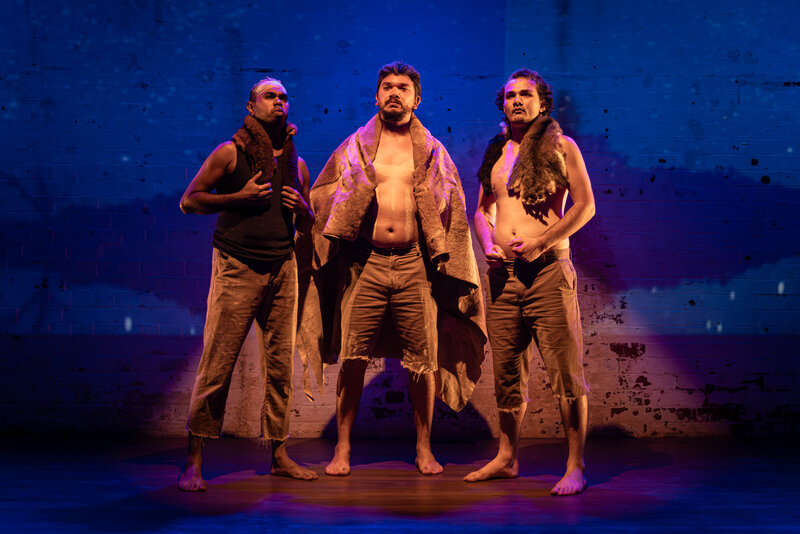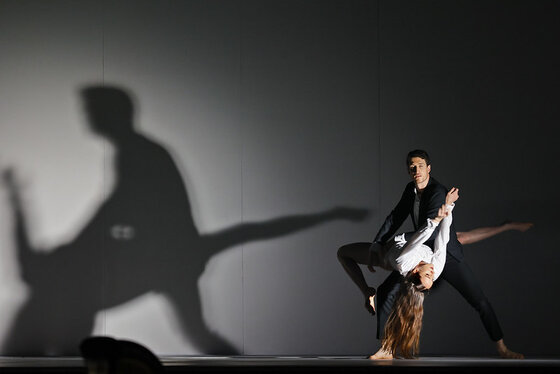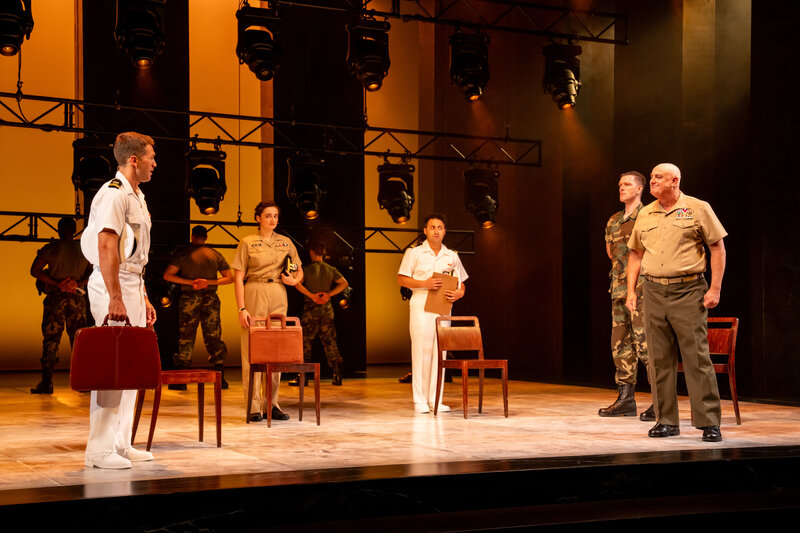Movies about war are generally no picnic. When done well, they’re pretty much indelible (after all, people still talk about the opening sequence in Saving Private Ryan, a film that opened in 1998). Mel Gibson has had some experience in the genre as both an actor (in We Were Soldiers) and director (Braveheart); so while his choice of a war movie for his latest directorial effort, Hacksaw Ridge, isn’t exactly a surprise, the choice of subject matter might be.
 The film tells the remarkable true story of Desmond Doss, the only conscientious objector (to date) to win the U.S.’s highest award for bravery, the Congressional Medal of Honor. Although he wished to serve in World War II, as a Seventh-Day Adventist, he refused to use – or even carry – a weapon. He therefore enlisted with the specific aim of becoming an Army field medic. His actions at the eponymous ridge during the Battle of Okinawa in 1945 are now the stuff of legend, and the core of this film. By the way, if you want to take a deeper dive into the true story of Desmond Doss, you should check out the episode of the podcast Stuff You Missed in History Class dealing with him, and accompanying show notes.
The film tells the remarkable true story of Desmond Doss, the only conscientious objector (to date) to win the U.S.’s highest award for bravery, the Congressional Medal of Honor. Although he wished to serve in World War II, as a Seventh-Day Adventist, he refused to use – or even carry – a weapon. He therefore enlisted with the specific aim of becoming an Army field medic. His actions at the eponymous ridge during the Battle of Okinawa in 1945 are now the stuff of legend, and the core of this film. By the way, if you want to take a deeper dive into the true story of Desmond Doss, you should check out the episode of the podcast Stuff You Missed in History Class dealing with him, and accompanying show notes.
Although Doss is an American national hero, the film was largely produced right here in Australia (seems Mel hasn’t forgotten his roots). Various locations in New South Wales stand in for both locations in the States, and for Okinawa – some of which you might recognise. For an Australian audience, the choice to shoot here brings the added delight of seeing many local actors – from David Wenham to Rachel Griffiths – popping up as things progress.
The film opens in Virginia where Desmond Doss (Andrew Garfield) is a young man forced to deal with the effects of what we’d now call PTSD in his father (Hugo Weaving), a veteran of the First World War. With WWII raging, the mild-mannered and deeply religious Desmond wants to play his part. His plan is briefly sidetracked by a pretty nurse Dorothy (Teresa Palmer); but after a whirlwind romance and wedding, Desmond is soon off to boot camp where he hopes to train as a medic. There, his troubles begin with the hard-nosed drill sergeant, Sgt Howell (Vince Vaughn) who questions Desmond’s suitability for combat. Things escalate though when it comes to weapons training, as Desmond refuses to handle, much less fire, a rifle. Seeing this as insubordination, Howell reports the issue to Cpt. Glover (Sam Worthington) and soon the camp commander, Col. Stelzer (Richard Roxburgh) is involved. Facing a court martial, Desmond’s convictions are on the line.
The brief synopsis above covers about the first half of the film. The second half deals with the events of the Battle of Okinawa in 1945 which brought Doss to fame. This chapter presents some of the more brutal depictions of on-screen violence seen in recent years (perhaps David Ayer’s Fury aside). These scenes are intense, brutal and sometimes stomach-churning; and make this an object-lesson in the horror of war.
That said, Gibson employs a very conventional approach to the equally conventional screenplay by Andrew Knight and Robert Schenkkan – so much so it might even be called trite. There’s barely a surprise, much less a directorial flourish – in the film’s entire (and hefty) 131 minutes. Perhaps my feeling was influenced because I knew Doss’s story (at least the outline of it) and so had a pretty good idea of how things ended up. By the same token though, I doubt anyone will be in much doubt about where this film is heading. And surely the device of having photographs and footage of the subject at the end of the film needs at least a freshen-up, if not a complete overhaul.
Gibson (being Gibson) leans heavily on Doss’s religious convictions throughout the film. While I appreciate a big part of Doss’s story concerned his religion, I nonetheless felt there was more than a little proselytising going on. Certainly, the film lacks the somewhat more clear-eyed perspective of Clint Eastwood’s Iwo Jima films (Flags of Our Fathers and Letters from Iwo Jima).
Gibson’s heavy-handed approach to the material detracts somewhat from some fine performances. Andrew Garfield (99 Homes) as Doss is excellent, and aptly conveys both the wiry physicality and mental resilience of the character. I also liked the performance of Sam Worthington (Kidnapping Mr Heineken) as the company’s captain; though I didn’t buy Vince Vaughn (The Internship) as the drill sergeant at all (put it this way – he’s certainly no Sgt Hartman from Full Metal Jacket). Teresa Palmer (Triple 9) is largely sidelined as the loyal Dorothy; but Hugo Weaving (The Dressmaker) and Rachel Griffiths (Saving Mr Banks) both get some good moments in the more minor roles of Desmond’s parents.
Although Hacksaw Ridge was clearly a very personal project for Gibson, the end result is something of a mixed bag. For all the laudable authenticity in the battle sequences, the remainder of a film is something of a drag. The ponderous nature of both the script and the direction left me cold, and as much as I admire the incredible bravery of Desmond Doss, I felt this treatment didn’t really do him justice.
Director: Mel Gibson
Cast: Andrew Garfield, Vince Vaughn, Sam Worthington, Teresa Palmer
Release Date: 3 November 2016
Rating: MA 15+
David Edwards

David Edwards is the former editor of The Blurb and a contributor on film and television




